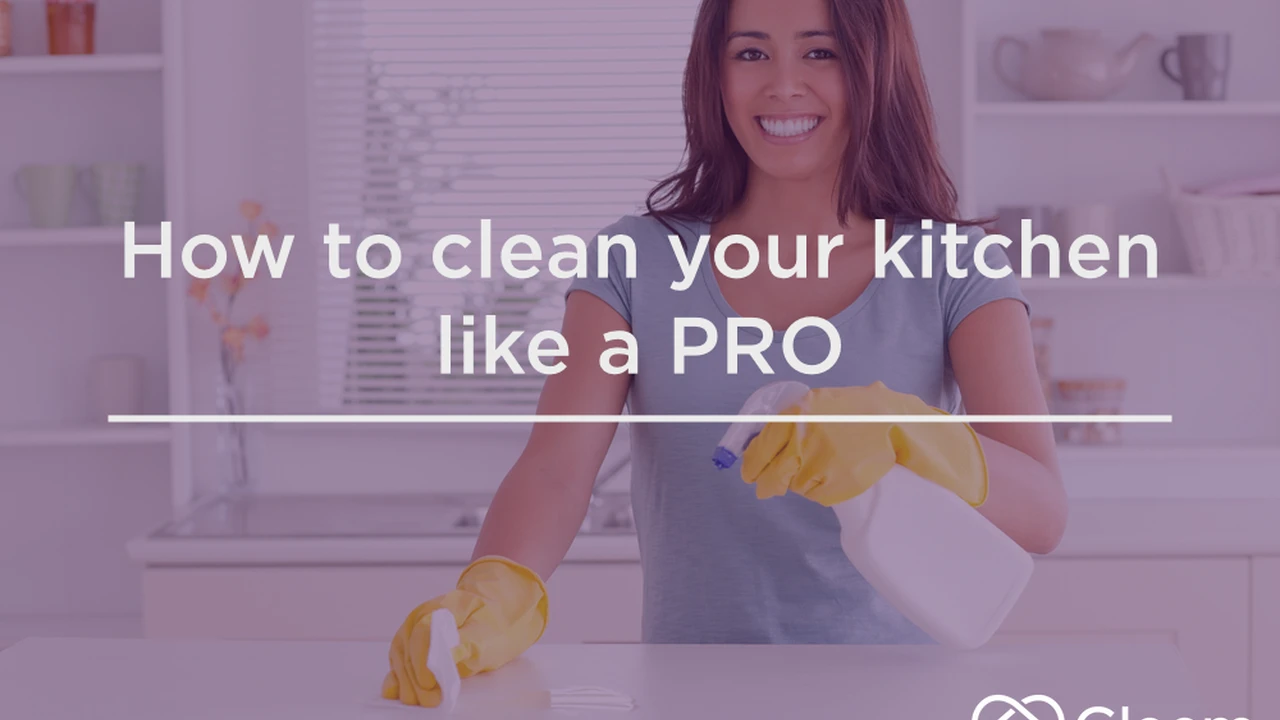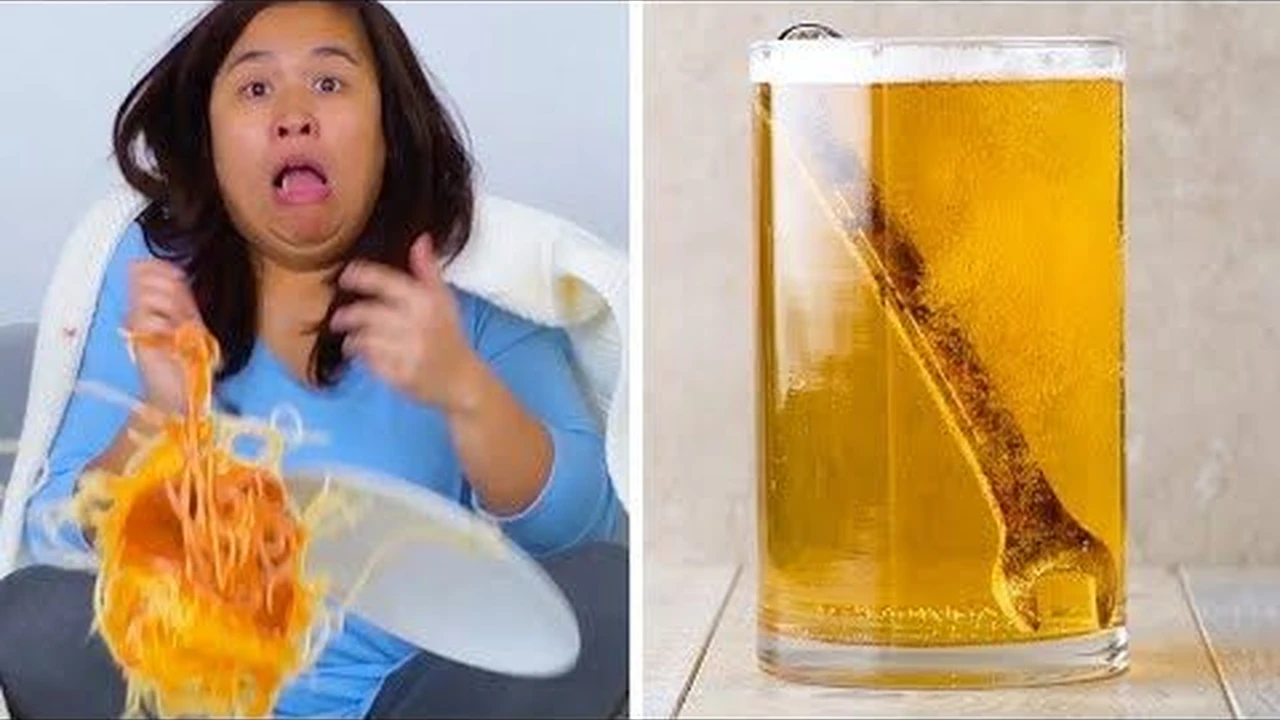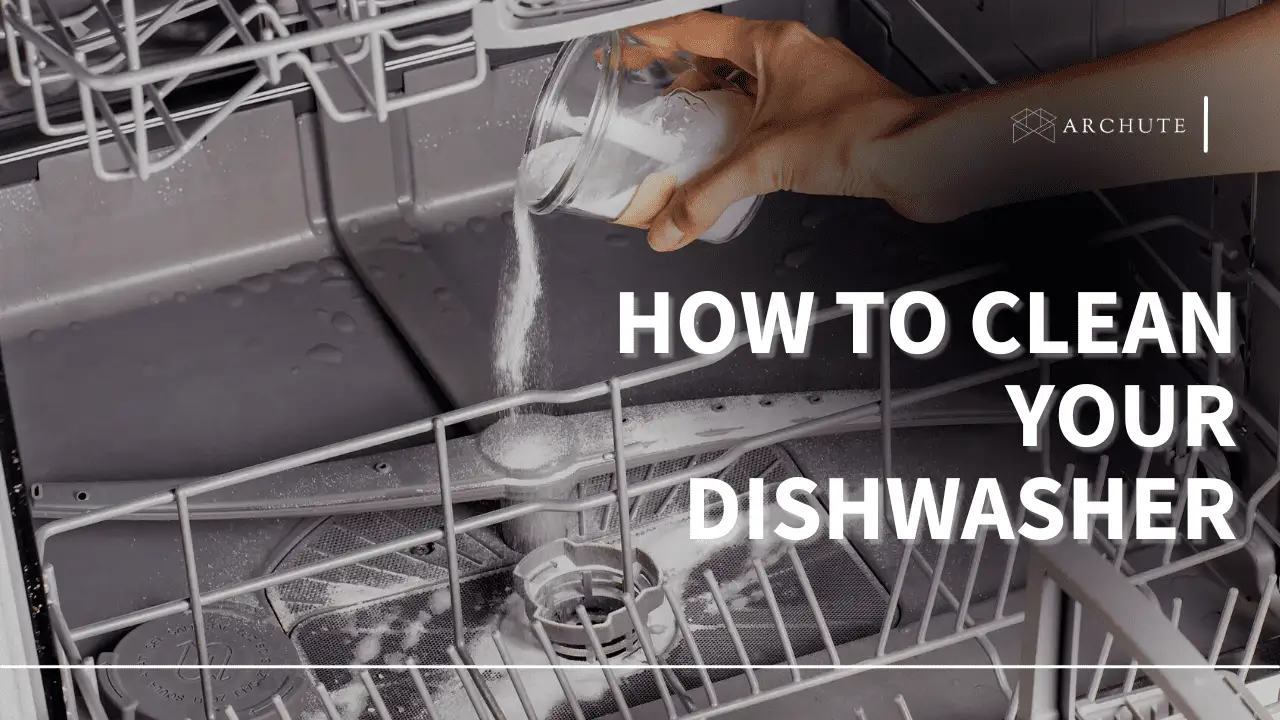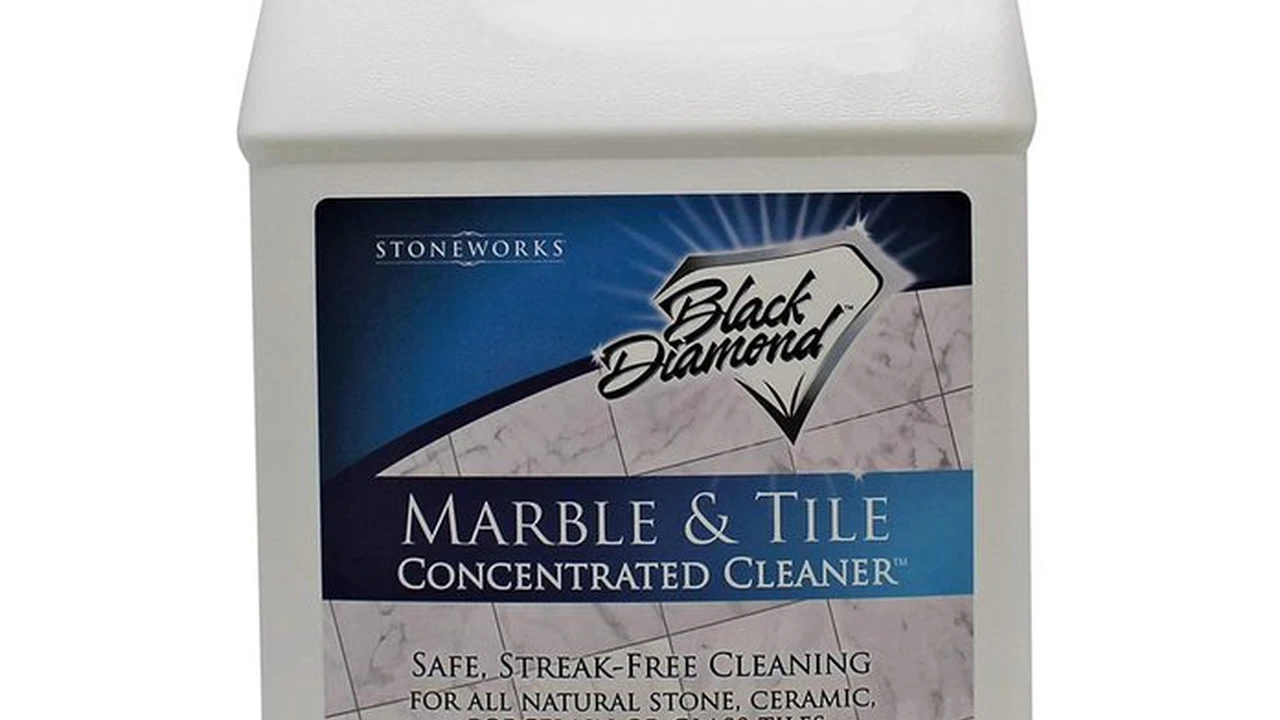How to Clean and Care for Your Plants
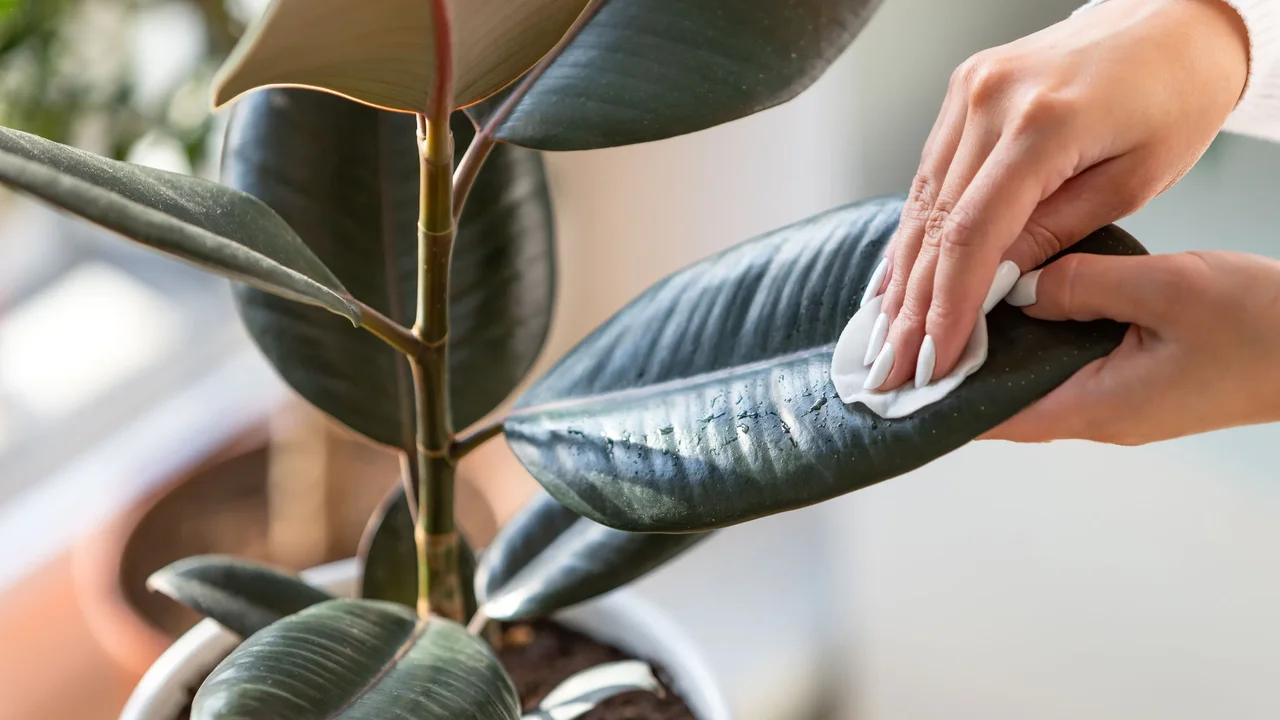
Dusting Your Plants for Optimal Growth and Photosynthesis
Alright, plant parents, let's talk dust! You might not think about it, but those lovely green leaves are magnets for dust particles. And all that dust? It's blocking sunlight, hindering photosynthesis, and basically making your plants sad. Think of it like trying to eat a sandwich with a paper bag over your head. Not fun, right?
So, how do we combat the dreaded dust bunny invasion? It's easier than you think! Here's the lowdown on dusting techniques:
- The Damp Cloth Method: This is your go-to for most plants. Grab a soft, damp cloth (microfiber works wonders!) and gently wipe down each leaf, top and bottom. Support the leaf with your other hand to prevent tearing. Think of it as a plant spa day.
- The Spritz and Wipe: For plants with smaller leaves, like ferns or prayer plants, a gentle spritz of water followed by a light wipe can do the trick. Just make sure the water is lukewarm and avoid over-saturating the leaves. We don't want any fungal issues brewing!
- The Shower Power Wash: Larger plants with sturdy leaves can actually benefit from a quick shower! Bring them into the bathroom and give them a gentle rinse with lukewarm water. Just be sure to let them drain thoroughly afterwards. This is a great option for removing built-up grime.
Pro Tip: Dust your plants every couple of weeks, or more often if you live in a dusty environment. Your plants will thank you with vibrant, healthy growth!
Watering Wisdom Understanding Your Plants Needs
Watering – it's the lifeblood of your plants, but also a common source of plant parent anxiety. Overwatering is just as bad as underwatering, so let's break down how to find the sweet spot.
The Finger Test: Stick your finger about an inch or two into the soil. If it feels dry, it's time to water. If it feels moist, hold off for a few days. This is the simplest and most effective way to gauge your plant's watering needs.
The Weight Test: Get to know the weight of your pot when the soil is dry versus when it's freshly watered. Over time, you'll be able to tell by the weight alone whether your plant needs a drink.
Understanding Plant-Specific Needs: Not all plants are created equal! Succulents and cacti prefer dry conditions, while tropical plants thrive in humidity. Research your specific plants and adjust your watering schedule accordingly. Websites like The Spruce and Plant Care Today are fantastic resources.
Watering Techniques: Water deeply until water drains out of the drainage holes. This ensures that the entire root system is hydrated. Avoid watering just the surface of the soil, as this can lead to shallow root growth.
Pro Tip: Use rainwater or filtered water whenever possible. Tap water can contain chemicals that can harm your plants over time.
Fertilizing Fundamentals Feeding Your Plants the Right Nutrients
Think of fertilizer as vitamins for your plants! It provides them with the essential nutrients they need to grow strong and healthy. But just like with vitamins, too much can be harmful. Let's explore the world of fertilizing.
Types of Fertilizer:
- Liquid Fertilizer: Easy to use and quick-acting. Dilute according to the package instructions and apply during watering. Great for giving plants a quick boost.
- Granular Fertilizer: Slow-release fertilizer that provides nutrients over a longer period of time. Mix into the soil when planting or top-dress around existing plants. Good for providing a steady supply of nutrients.
- Fertilizer Spikes: Convenient and mess-free. Simply insert the spike into the soil near the plant's roots. Also a slow-release option.
NPK Ratios: Fertilizers are labeled with NPK ratios, which represent the percentage of nitrogen (N), phosphorus (P), and potassium (K) in the fertilizer. Nitrogen promotes leafy growth, phosphorus promotes root development and flowering, and potassium promotes overall plant health.
Fertilizing Schedule: Most plants benefit from fertilizing during the growing season (spring and summer). Reduce or eliminate fertilizing during the dormant season (fall and winter).
Pro Tip: Start with a diluted solution of fertilizer to avoid burning the roots. Always follow the package instructions carefully.
Repotting Revelations Giving Your Plants Room to Grow
Eventually, your plants will outgrow their pots and need to be repotted. Repotting provides them with fresh soil, more space for their roots to grow, and a chance to thrive. Here's how to repot like a pro:
When to Repot:
- Roots are circling the bottom of the pot.
- Plant is drying out quickly, even after watering.
- Soil is compacted and not draining well.
- Plant is noticeably larger than its pot.
Choosing the Right Pot: Select a pot that is one or two sizes larger than the current pot. Make sure the pot has drainage holes to prevent waterlogging.
Repotting Process:
- Gently remove the plant from its current pot. You may need to loosen the soil around the edges.
- Tease out any circling roots.
- Place a layer of fresh potting mix in the bottom of the new pot.
- Position the plant in the center of the new pot and fill in the sides with fresh potting mix.
- Water thoroughly after repotting.
Pro Tip: Repot during the growing season for best results. Avoid repotting when the plant is flowering or stressed.
Pest Patrol Identifying and Addressing Common Plant Pests
Pesky pests can wreak havoc on your plants, but don't despair! With a little detective work and the right treatment, you can keep your plants pest-free.
Common Plant Pests:
- Spider Mites: Tiny, spider-like creatures that spin webs and suck sap from leaves. Look for fine webbing on the undersides of leaves.
- Aphids: Small, soft-bodied insects that cluster on stems and leaves. They secrete a sticky substance called honeydew.
- Mealybugs: White, cottony insects that suck sap from leaves and stems. They often hide in crevices.
- Fungus Gnats: Small, flying insects that breed in moist soil. Their larvae feed on plant roots.
Pest Control Methods:
- Insecticidal Soap: A safe and effective way to kill many common plant pests. Spray thoroughly on all affected areas.
- Neem Oil: A natural insecticide that can be used to control a wide range of pests. Dilute according to the package instructions and spray on plants.
- Rubbing Alcohol: Effective for killing mealybugs. Dip a cotton swab in rubbing alcohol and dab it directly on the pests.
- Sticky Traps: Help to control fungus gnats. Place sticky traps near plants to catch adult gnats.
Pro Tip: Inspect your plants regularly for pests. The sooner you catch them, the easier they are to control.
Humidity Helpers Creating the Perfect Environment
Many houseplants, especially tropical varieties, thrive in humid environments. If your home is dry, you may need to take steps to increase the humidity around your plants.
Humidity-Boosting Techniques:
- Grouping Plants: Plants release moisture into the air through transpiration. Grouping plants together creates a more humid microclimate.
- Pebble Tray: Fill a tray with pebbles and water, and place your plants on top. As the water evaporates, it will increase the humidity around the plants.
- Humidifier: A humidifier is the most effective way to increase the humidity in a room. Choose a humidifier that is appropriate for the size of your space.
- Misting: Misting plants with water can temporarily increase the humidity. However, be careful not to over-mist, as this can lead to fungal problems.
Pro Tip: Monitor the humidity levels in your home with a hygrometer. Aim for a humidity level of 40-60% for most houseplants.
Choosing the Right Soil Understanding Soil Composition and Drainage
The right soil is essential for healthy plant growth. It provides plants with the nutrients they need and allows for proper drainage.
Types of Soil:
- Potting Mix: A blend of peat moss, perlite, and vermiculite. It's lightweight and well-draining, making it ideal for most houseplants.
- Cactus Mix: A fast-draining mix that is specifically formulated for succulents and cacti.
- African Violet Mix: A slightly acidic mix that is formulated for African violets.
Soil Drainage: Good drainage is essential to prevent root rot. Make sure your pots have drainage holes and that the soil is not compacted.
Pro Tip: Avoid using garden soil for houseplants, as it can contain pests and diseases.
Lighting Logistics Optimizing Light Exposure for Different Plants
Light is the fuel that powers photosynthesis, so it's crucial to provide your plants with the right amount of light. Different plants have different light requirements, so it's important to understand what your plants need.
Types of Light:
- Direct Sunlight: Intense sunlight that shines directly on the plant. Suitable for plants that love full sun, such as succulents and cacti.
- Indirect Sunlight: Bright light that is filtered through a curtain or window. Suitable for most houseplants.
- Low Light: Light that is far from a window or in a shaded area. Suitable for plants that tolerate low light conditions, such as snake plants and ZZ plants.
Pro Tip: Observe your plants closely and adjust their light exposure as needed. If your plants are getting too much light, their leaves may turn yellow or brown. If they're not getting enough light, they may become leggy and pale.
Pruning Practices Shaping Your Plants for Health and Aesthetics
Pruning is the art of selectively removing parts of a plant to improve its health, shape, and appearance. It can also encourage new growth and flowering.
Pruning Techniques:
- Pinching: Removing the tips of stems to encourage branching and bushier growth.
- Deadheading: Removing spent flowers to encourage more blooms.
- Cutting Back: Removing entire stems or branches to control the size and shape of the plant.
Pro Tip: Use clean, sharp pruning shears to avoid spreading diseases. Prune during the growing season for best results.
Product Recommendations for Plant Care
Okay, let's get down to some specific product recommendations to help you on your plant care journey! I'll break it down by category.
Soil and Potting Mix Recommendations
- Miracle-Gro Indoor Potting Mix: A reliable and widely available potting mix that's suitable for most houseplants. It's formulated to provide good drainage and aeration. Price: Around $10 for an 8-quart bag. Use Case: General potting and repotting of indoor plants.
- FoxFarm Ocean Forest Potting Soil: A premium potting mix known for its rich nutrient content and excellent drainage. It's a bit pricier but can give your plants a significant boost. Price: Around $20 for a 12-quart bag. Use Case: Ideal for plants that need a nutrient-rich environment and well-draining soil.
- Espoma Organic Cactus Mix: Perfect for succulents and cacti. This mix is designed for fast drainage to prevent root rot. Price: Around $12 for an 8-quart bag. Use Case: Specifically for potting and repotting cacti and succulents.
Comparison: Miracle-Gro is a good all-around choice for beginners, while FoxFarm offers a more premium option for experienced plant parents. Espoma Cactus Mix is essential for succulents and cacti.
Fertilizer Recommendations
- Miracle-Gro Indoor Plant Food Spikes: Super convenient and easy to use. Just insert the spikes into the soil for slow-release feeding. Price: Around $8 for a pack of 12 spikes. Use Case: For easy, slow-release feeding of indoor plants.
- Espoma Organic Indoor! Liquid Plant Food: An organic liquid fertilizer that's gentle on plants and provides essential nutrients. Price: Around $15 for a 16-ounce bottle. Use Case: Ideal for organic gardening and providing a nutrient boost during watering.
- Jack's Classic All Purpose Fertilizer: A water-soluble fertilizer that's highly effective and economical. A little goes a long way. Price: Around $25 for a 1.5-pound container. Use Case: For regular feeding of all types of plants, especially during the growing season.
Comparison: Miracle-Gro spikes are convenient for beginners, Espoma offers an organic option, and Jack's Classic is a powerful and cost-effective solution for serious plant enthusiasts.
Pest Control Recommendations
- Safer Brand Insect Killing Soap: A safe and effective way to control common pests like aphids, spider mites, and mealybugs. Price: Around $10 for a 32-ounce spray bottle. Use Case: For treating pest infestations on indoor plants.
- Neem Bliss 100% Cold Pressed Neem Oil: A natural insecticide that's safe for plants and pets. It can be used to control a wide range of pests and also acts as a fungicide. Price: Around $20 for a 32-ounce bottle. Use Case: For preventing and treating pest infestations and fungal diseases.
- Yellow Sticky Traps: Great for catching fungus gnats and other flying insects. Price: Around $7 for a pack of 20 traps. Use Case: For controlling fungus gnats in indoor plants.
Comparison: Insect Killing Soap is a good first line of defense against pests, Neem Oil offers a broader range of protection, and Sticky Traps are essential for controlling fungus gnats.
Humidity Recommendations
- LEVOIT Humidifiers for Bedroom: Increases air moisture for plants, benefits both plants and humans. Price: Around $30 for 2 Liter. Use Case: For keeping the room humidity around 40-60% for tropical plants.
- Plant Watering Can Indoor Plants Small, Long Spout Watering Can: Easy to water small plants. Price: Around $15. Use Case: For watering your plants and increase humidity.
Comparison: Humidifier is a good all-around choice to keep humidity for plants and humans, and small watering can is good for daily watering and increase humidity.
:max_bytes(150000):strip_icc()/277019-baked-pork-chops-with-cream-of-mushroom-soup-DDMFS-beauty-4x3-BG-7505-5762b731cf30447d9cbbbbbf387beafa.jpg)



